
01 Jul Is It Cheaper to Build a Building Out of Wood or Metal?
Which Is Cheaper to Build a Building Out of, Wood or Metal?
When it comes to constructing a building, one of the fundamental decisions is choosing the right materials. Among the popular options are wood and metal. But, when deciding between the two materials, which one is the cheaper option? It is generally accepted that wood is going to be the cheaper option. Upfront, price per square foot costs for either can vary depending on factors like availability in your area and type of wood or metal needed, but wood generally is cheaper. Even though metal buildings have less long-term upkeep, wood still usually comes out as the cheaper option overall. Both materials, however, possess unique qualities and have their own advantages and disadvantages.

Wood vs. Metal
Most people should consider pricing when picking out building materials, but it’s not the only consideration people have in mind. Many are looking at a multitude of factors before selecting the best material, and rightly so. For example, it’s important to take into consideration things like what kind of aesthetic you are looking for, the sturdiness of material needed for your build, the environment you are building in, and more.
Wood as a Building Material
Wood has been used as a primary construction material for centuries, known for its versatility, durability, and aesthetic appeal. In terms of cost, wood generally proves to be a more economical choice compared to metal. The upfront costs of wood can sometimes be lower due to its widespread availability and relative ease of processing. Additionally, wood construction methods often require less specialized labor and equipment, resulting in reduced labor and construction costs.
Wood is also considered an environmentally friendly option as it is renewable and has a smaller carbon footprint compared to metal. However, it is important to note that wood may require periodic maintenance and protection against factors like moisture, insects, and fire, which can add to the long-term costs. Nonetheless, with proper treatment and maintenance, wood structures can have a long lifespan.
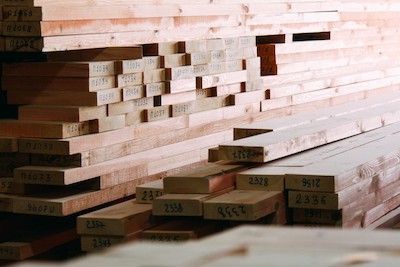
Metal as a Building Material
Metal, particularly steel, has gained popularity in construction due to its exceptional strength, durability, and versatility. While the upfront costs of metal buildings tend to be higher than those made of wood, the long-term cost considerations can significantly tip the scale in favor of metal. Metal structures generally require less maintenance and have a longer lifespan compared to wood. They are resistant to pests, fire, and decay, reducing the need for repairs and replacements.
Moreover, metal buildings often offer better insulation properties, resulting in reduced energy consumption and lower utility bills over time. Metal structures can also be pre-engineered and fabricated off-site, reducing construction time and labor costs. The ability to customize and modify metal buildings easily can also contribute to cost savings.
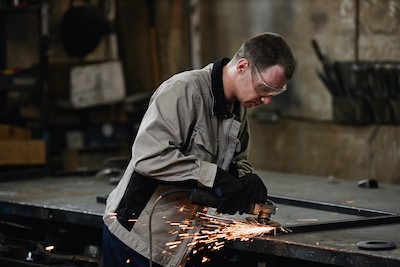
Comparing the Costs
To make a comprehensive cost comparison between wood and metal buildings, it is essential to consider various factors:
- Material Costs: Wood is generally cheaper than metal in terms of material costs, especially for smaller-scale projects. However, the cost difference may vary depending on location, availability, and market conditions.
- Construction Costs: Wood construction methods can be less labor-intensive and require fewer specialized skills, potentially reducing labor costs. Metal buildings, on the other hand, may have higher initial construction costs due to the need for specialized equipment and skilled labor. However, pre-engineered metal structures can expedite the construction process, leading to cost savings.
- Long-Term Costs: While wood structures may have lower upfront costs, they often require more maintenance, protective treatments, and periodic repairs over time. Metal buildings, with their inherent durability and resistance to environmental factors, tend to have lower long-term costs in terms of maintenance, repairs, and replacements.
- Energy Efficiency: Metal buildings typically offer superior insulation properties, reducing heating and cooling expenses in the long run. Wood structures may require additional insulation materials, impacting energy efficiency and increasing utility costs.
Safety Concerns
The cost is always an important factor to include when deciding what type of materials to use for building. Whether you choose wood or metal, it is never good practice to choose materials that could potentially endanger those who will be using the building. Safety is top priority for building. Don’t settle for potentially unsafe materials if you’re concerned about the affordability of other options! If you’re looking for cheaper materials, consult with an expert on building materials, and they can help you to find safe, quality materials without breaking the bank.
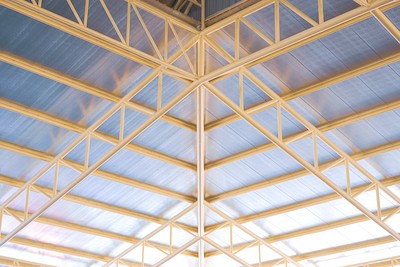
Ask an Expert
Each building project is unique. If you’re having difficulty deciding which material, wood or metal, is going to be most cost effective for your project, don’t be afraid to ask a professional. Many will be more than happy to discuss your goals, help you examine the considerations in deciding between wood or metal, and ultimately guide you to the best material for your project.
Conclusion
In the debate between wood and metal as construction materials, cost plays a crucial role in decision-making. While wood generally has lower upfront costs and offers natural aesthetics, metal buildings prove to be more cost-effective in the long run due to their durability, resistance to environmental factors, and energy efficiency. The choice between wood and metal ultimately depends on the specific project requirements, budget constraints, and long-term considerations.
It is important to note again that each construction project is different, and it is advisable to consult with professionals, architects, and contractors to accurately assess the cost implications and make an informed decision.

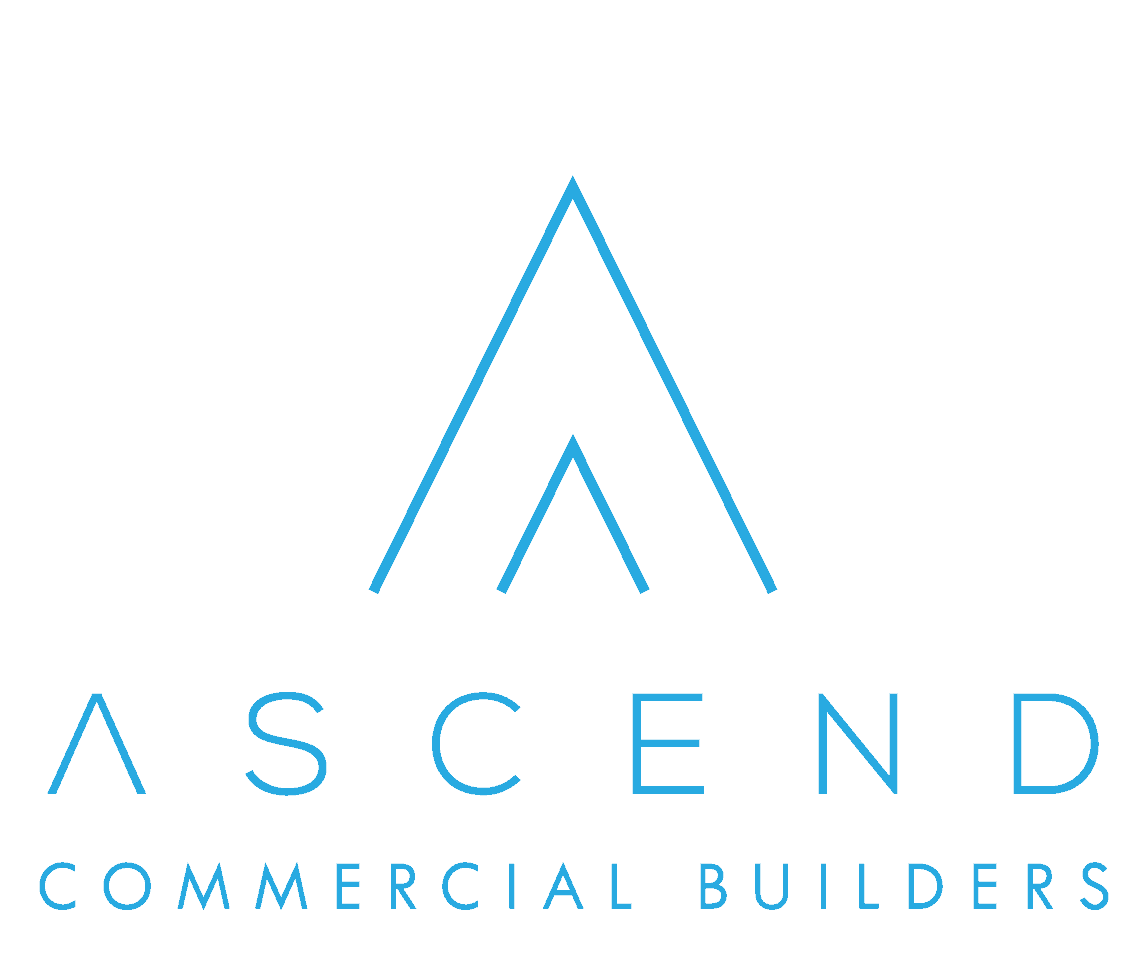
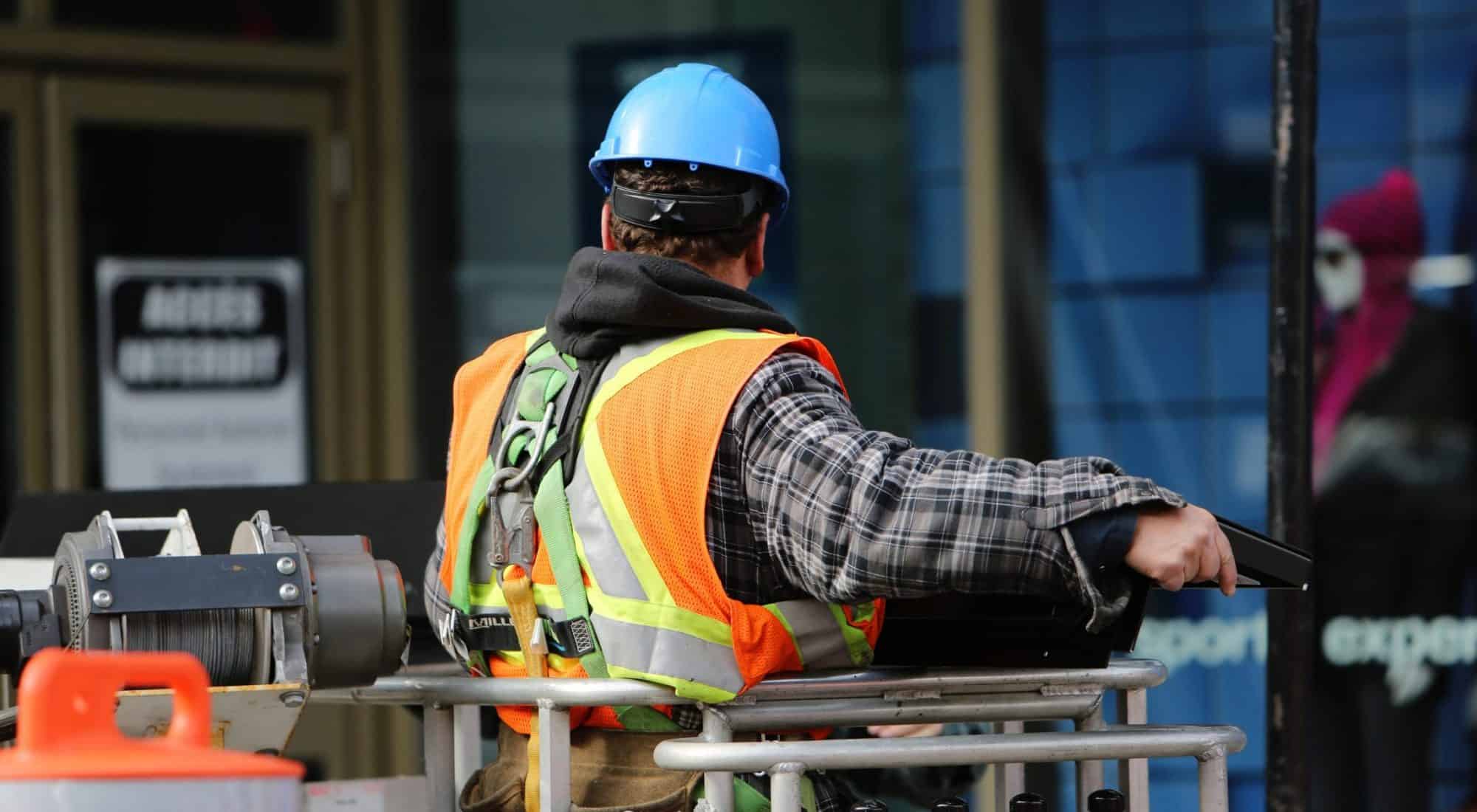
Sorry, the comment form is closed at this time.